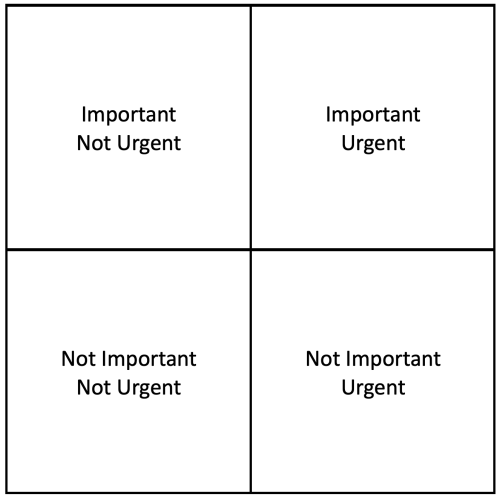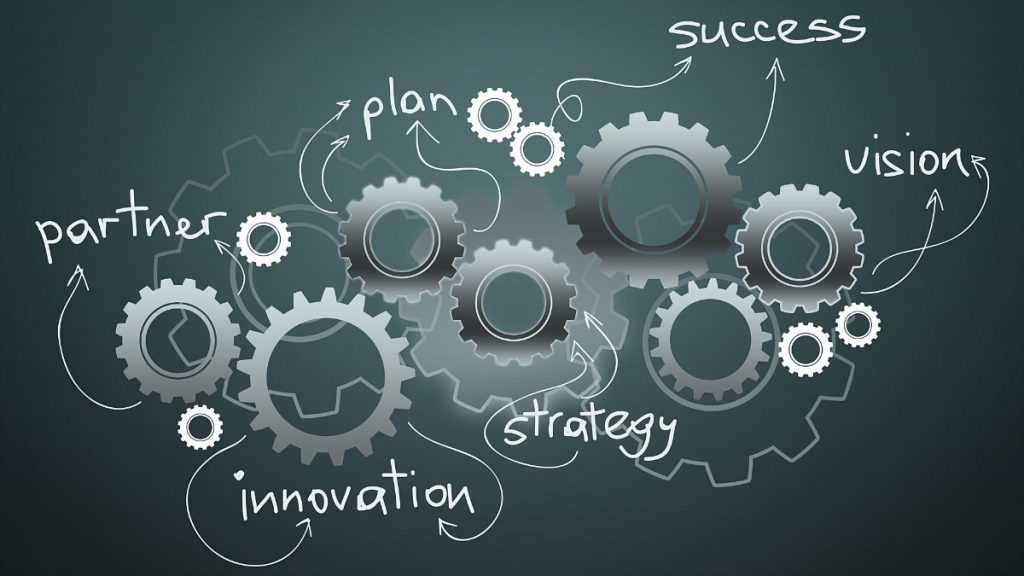
A company’s culture has a significant impact on attracting and retaining good employees, boosting engagement, and achieving a strong bottom line.
Over the years, I’ve had some interesting conversations with clients regarding their company’s culture. I remember one client (someone I was helping to groom as the owner’s successor). He told me how much they value their culture. Not only that, but they felt very strongly about “hiring to their culture”. In other words, they made certain that every new hire understood how important the company’s culture was.
As an executive coach focused on effective leadership, these statements were music to my ears! I naturally asked him, “So, what IS your company’s culture?” AND HE HAD NO ANSWER! It turns out, when they speak to new hires about culture, they simply tell them that their culture was important but offered no guidance as to what that was or what it meant. So, I gave him an assignment to better define their culture and reduce it to a handful of statements.
In our next coaching session, we discussed the list of values and behaviors the company strove to live by. We spent that session refining and clarifying the list so he could better express what mattered to the company to new hires and so he could better hold employees accountable to those values and behaviors.
I had a very different conversation with another client (the president of a company). This client had very clearly defined their culture and made sure that new hires were aware of it. But there was a problem. In fact, it was a major problem.
You see, most people think that a company’s culture is defined by the values and behaviors a company aspires to. That sounds great and makes sense. Except it’s not true…
A company’s culture is defined by the values and behaviors the company tolerates.
And who does that tolerating? The leaders do. The values and behaviors that the leaders tolerate become the company’s culture. But it doesn’t end there. It gets worse. When a leader professes to value a behavior but acts in a manner at odds with it, it demonstrates a lack of integrity. And when a leader is seen to lack integrity, people stop trusting and lose respect for that leader. And when people lose trust and respect for a leader, engagement drops and productivity suffers.
And that’s exactly what was happening at his company. Even worse, my client was as guilty as anyone in the company, acting at odds with the stated culture. Nevertheless, he couldn’t understand why they had so much trouble making progress and holding people accountable. Consequently, we began strategizing about how to change his behavior and the behavior of other leaders within the company.
So, here’s the bottom line…. A company’s culture needs to be defined. A culture that exists by default is always inferior and leads to lower engagement. And although a defined culture is superior to a culture by default, it only works when the leaders live by those values and behaviors. Plus, those leaders must not tolerate non-aligned behavior by others.
A positive, well-defined culture that people live by will attract better employees, and will result in stronger engagement and improved profitability.




